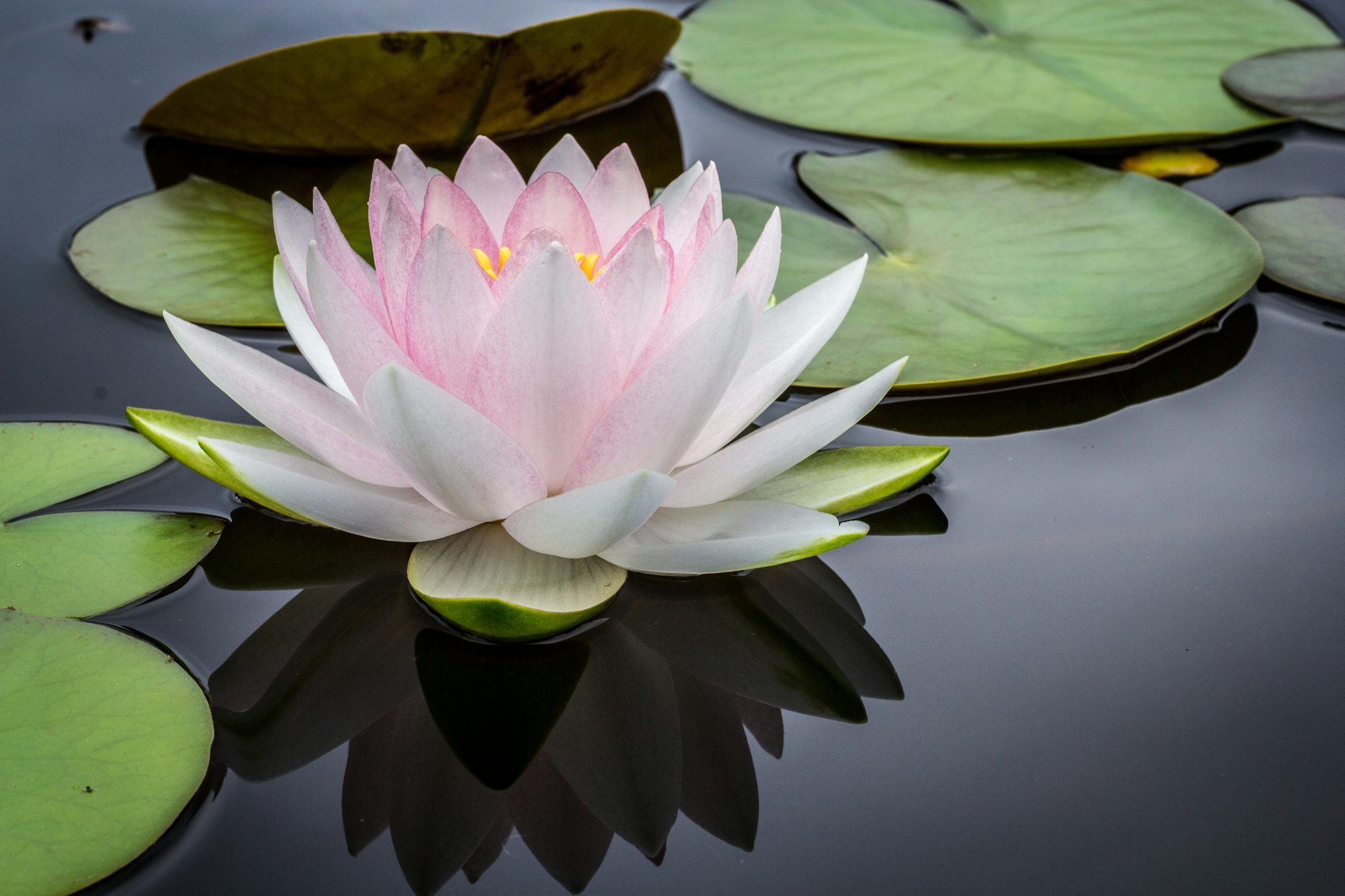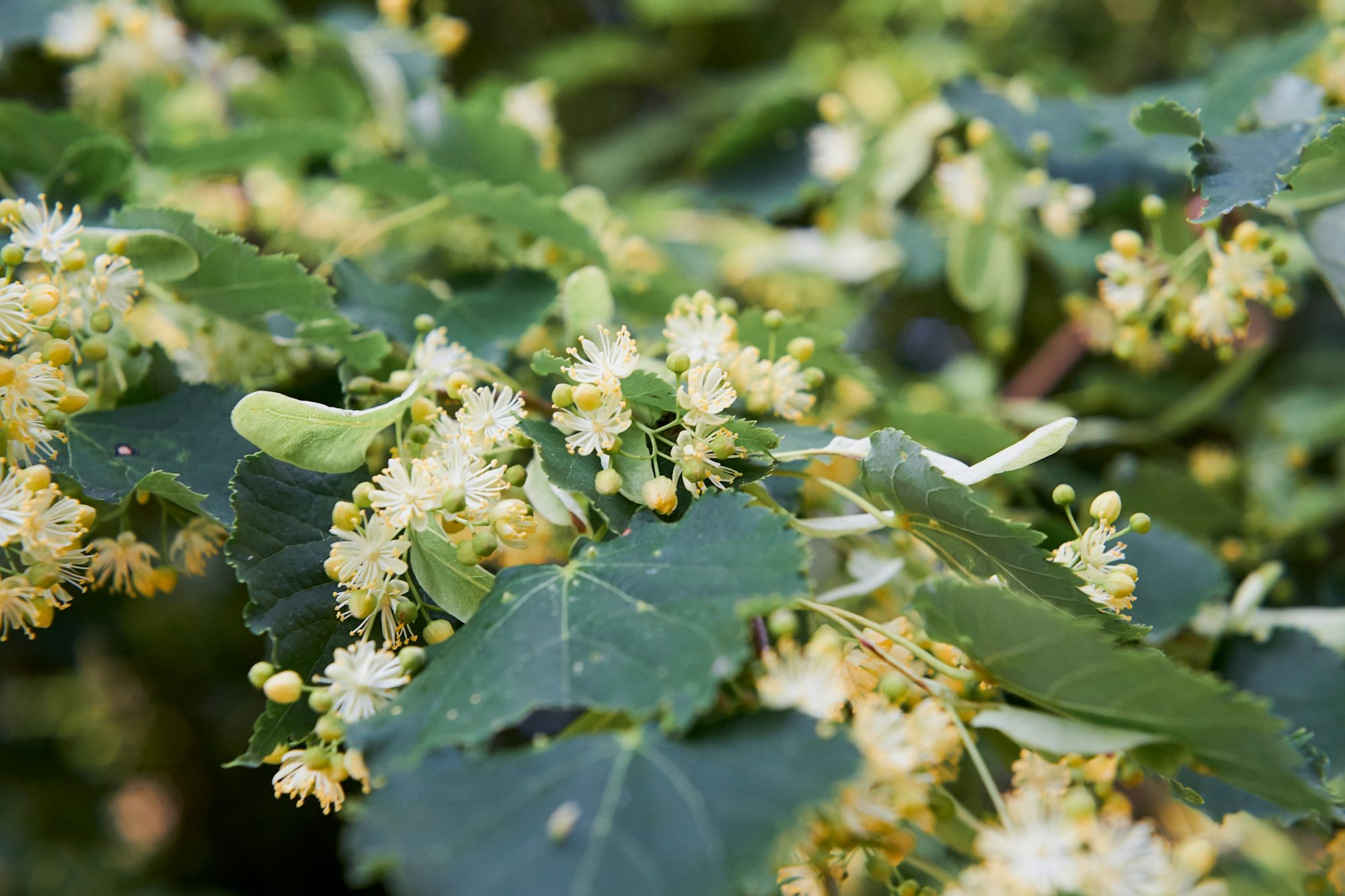In a fast-paced world filled with distractions and constant demands, mindfulness emerges as a powerful practice for fostering overall wellness. Mindfulness involves being fully present in the moment, embracing thoughts and feelings without judgment. This simple yet profound practice can significantly enhance mental, emotional, and physical health. This article delves into the importance of mindfulness, its benefits across various dimensions of wellness, and practical techniques to incorporate mindfulness into daily routines.
Understanding Mindfulness
At its core, mindfulness is the art of paying attention. It encourages individuals to observe their thoughts, emotions, and bodily sensations with a sense of curiosity and acceptance. Rather than getting lost in past regrets or future anxieties, mindfulness teaches us to ground ourselves in the present moment. This shift in awareness can lead to greater self-understanding and improved well-being.
Mindfulness has its roots in ancient contemplative traditions, particularly in Buddhism, but its application has expanded across various fields, including psychology, education, and healthcare. Today, mindfulness is recognized as an effective approach to stress reduction and emotional regulation, making it relevant for people from all walks of life.
The Importance of Mindfulness for Personal Growth
Engaging in mindfulness is essential for personal growth. By cultivating a heightened awareness of our thoughts and feelings, we can gain insights into our behaviors and patterns. This self-awareness fosters introspection and encourages individuals to explore their values, desires, and aspirations.
Mindfulness also enhances emotional resilience. By practicing acceptance of our emotions, we develop the ability to navigate challenges more effectively. This emotional agility allows us to respond to life’s ups and downs with grace and equanimity, ultimately leading to a more fulfilling life.
Benefits of Mindfulness
The benefits of mindfulness extend across various dimensions of wellness:
1. Mental Wellness: Mindfulness practice can significantly reduce stress and anxiety, promoting mental clarity and focus. By learning to observe thoughts without judgment, individuals can decrease rumination and enhance cognitive flexibility.
2. Emotional Wellness: Engaging in mindfulness helps individuals cultivate emotional awareness, allowing for healthier emotional regulation. This practice fosters self-compassion and empathy, enhancing relationships with oneself and others.
3. Physical Wellness: Mindfulness can improve physical health by promoting relaxation and reducing the physiological effects of stress. Regular mindfulness practice has been linked to lower blood pressure, improved immune function, and better sleep quality.
4. Social Wellness: Mindfulness enhances interpersonal relationships by promoting effective communication and empathy. As individuals become more attuned to their own emotions, they are better equipped to understand and support the emotions of others.
5. Occupational Wellness: Practicing mindfulness in the workplace can lead to increased focus, creativity, and productivity. Mindful employees are more resilient, adaptable, and better able to handle workplace challenges.
6. Spiritual Wellness: Mindfulness fosters a sense of connection to oneself and the universe. This practice encourages exploration of personal beliefs and values, leading to a deeper understanding of one’s purpose and place in the world.
Practical Techniques for Integrating Mindfulness
Incorporating mindfulness into daily life can be simple and accessible. Here are practical techniques to help you nurture mindfulness:
1. Mindful Breathing
Start with mindful breathing, a foundational practice for cultivating awareness. Take a few moments each day to focus on your breath. Inhale deeply through your nose, allowing your abdomen to rise, and exhale slowly through your mouth. Pay attention to the sensations of the breath entering and leaving your body. This practice can be done anywhere and helps ground you in the present moment.
2. Body Scan Meditation
The body scan meditation is a powerful technique for cultivating awareness of physical sensations. Find a quiet space and lie down comfortably. Close your eyes and begin to scan your body from head to toe, noticing any areas of tension or discomfort. Breathe into these areas, allowing yourself to release any tension. This practice promotes relaxation and helps you connect with your body.
3. Mindful Eating
Transform meals into mindfulness exercises by practicing mindful eating. Focus on the taste, texture, and aroma of your food. Chew slowly and savor each bite, paying attention to how your body feels as you eat. This practice not only enhances the enjoyment of food but also promotes healthier eating habits.
4. Walking Meditation
Walking meditation is a moving form of mindfulness that encourages awareness of the body in motion. Find a quiet space to walk slowly, focusing on each step. Notice the sensations of your feet touching the ground and the rhythm of your breath. This practice connects you to your body and surroundings, promoting a sense of calm and clarity.
5. Gratitude Practice
Incorporating gratitude into your mindfulness practice can enhance overall well-being. Take a few moments each day to reflect on what you are grateful for. This simple exercise shifts your focus from what may be lacking to the abundance present in your life, fostering a positive mindset.
6. Mindfulness Apps and Resources
Consider using mindfulness apps or resources to support your practice. Many apps offer guided meditations, breathing exercises, and reminders to practice mindfulness throughout the day. Explore different options to find what resonates best with you.
Overcoming Barriers to Mindfulness
While cultivating mindfulness can be rewarding, it is not without challenges. Some may struggle with distractions or find it difficult to quiet their minds. Recognizing that mindfulness is a skill that takes practice is essential. Approach your practice with patience and self-compassion, allowing yourself to experience the journey without judgment.
If you find it challenging to stay focused, try starting with short periods of mindfulness practice and gradually increasing the duration. Remember that it’s normal for the mind to wander; gently guide your attention back to the present moment without frustration.
Conclusion: The Transformative Power of Mindfulness
Mindfulness is a transformative practice that holds the potential to enhance overall wellness. By nurturing mindfulness in our daily lives, we cultivate greater self-awareness, emotional resilience, and a deeper connection to ourselves and others. The benefits of mindfulness extend across various dimensions of wellness, promoting mental, emotional, social, occupational, intellectual, and spiritual health.
As you embark on your mindfulness journey, remember that it is a continuous practice. Embrace the present moment with curiosity and openness, and allow yourself to explore the richness of your experiences. By integrating mindfulness into your life, you unlock the path to holistic wellness and a more fulfilling existence.



